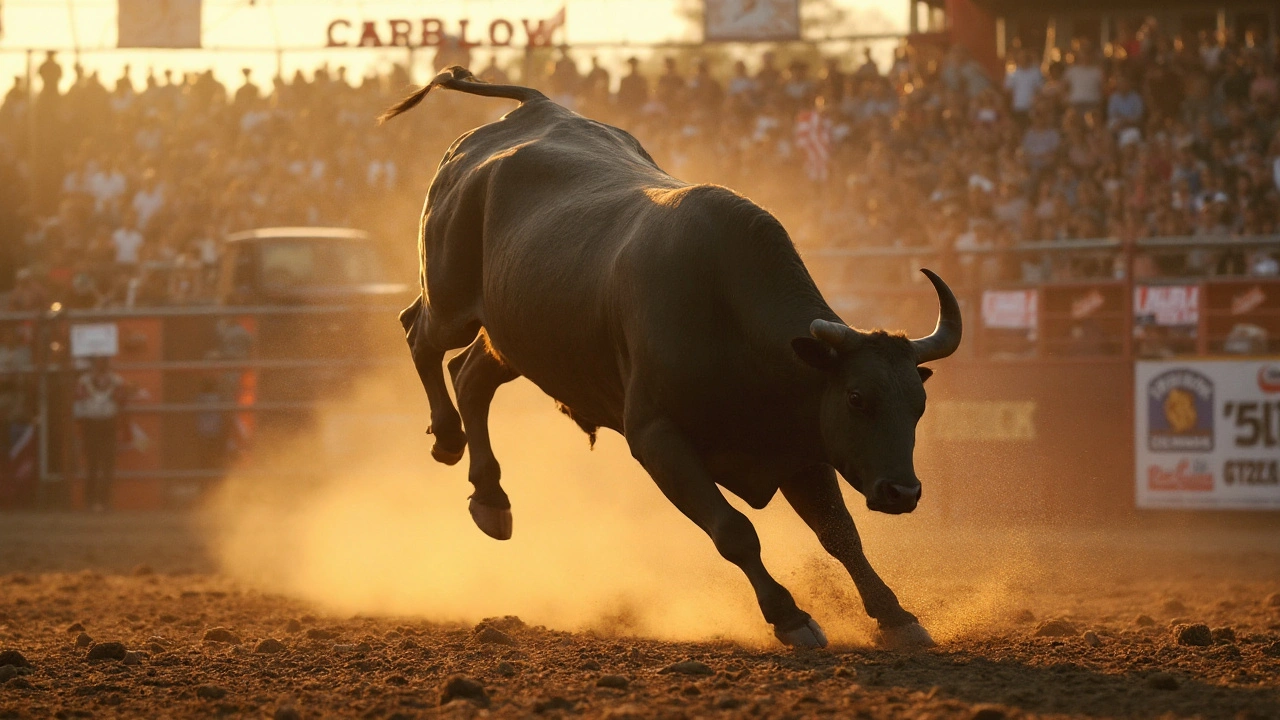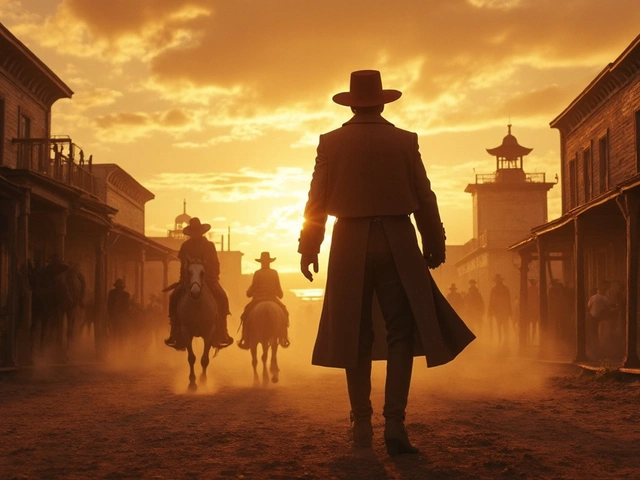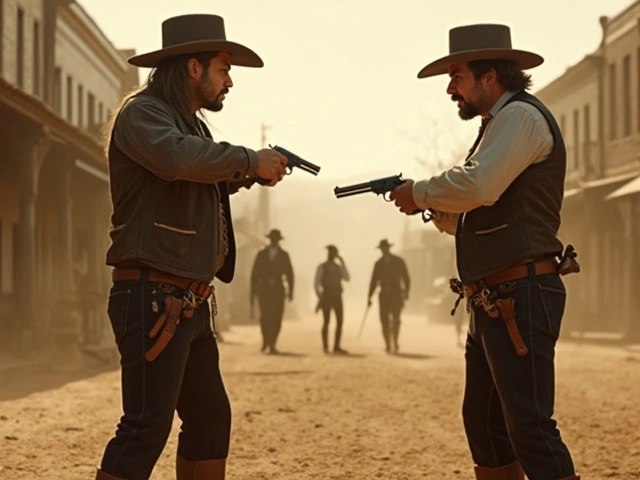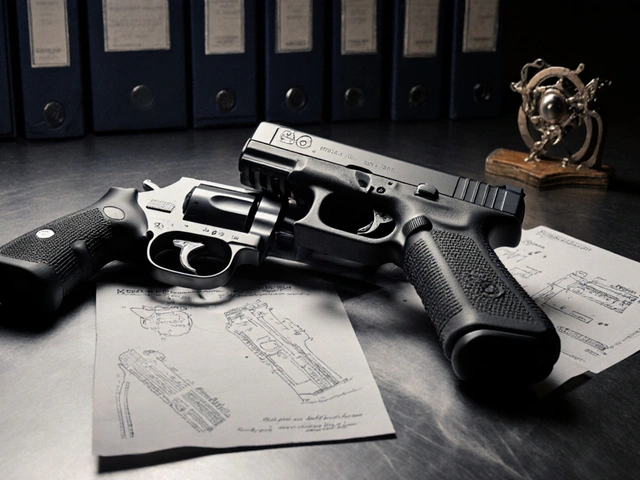Why Was the Wild Wild West TV Series Cancelled? Unpacking the Real Reasons
October 14 2025Rodeo Bulls: What Makes Them the Heart of the Arena
If you’ve ever watched a rodeo, the moment a massive bull charges the rider is the highlight. Those powerful animals aren’t just random; they’re specially bred and trained to buck hard. Understanding why they behave the way they do helps you appreciate the sport and stay safe if you ever try a ride.
How Rodeo Bulls Are Bred and Raised
Rodeo bulls come from bloodlines that favor strength, agility, and a natural desire to buck. Breeders select bulls with a good mix of size (usually 1,600‑2,200 lbs) and temperament. Young calves grow on pastures, get regular exercise, and are introduced to obstacles that mimic arena conditions. By the time they’re 3‑4 years old, they’re ready for the bucking arena.
Training Techniques That Keep the Ride Wild
Training isn’t about taming the bull; it’s about encouraging the buck. Handlers use a padded platform and a rope to guide the bull’s movements. They introduce the bull to a dummy rider, a wooden “dummy” that simulates a cowboy’s weight. Repeating this routine builds muscle memory, so when the real rider straps in, the bull instinctively tries to throw them off.
Safety is a big part of the process. Riders wear protective vests, helmets, and proper chaps. Handlers keep a close eye on the bull’s health, checking hooves and checking for injuries after each run. A well‑cared‑for bull performs better and lasts longer in the sport.
Famous rodeo bulls have become legends. Names like Red Rock and Bruiser are known for scoring high on the Professional Bull Riders (PBR) circuit. These bulls often have scores above 90 points, meaning they’re extremely difficult to ride. Fans love watching a top bull because every ride is a gamble – the rider might stay on for eight seconds, or get tossed in an instant.
If you’re thinking about trying bull riding, start with the basics. Work on balance, core strength, and a solid grip on the rope. Many schools offer mock rides on mechanical bulls before you ever face a live animal. Remember, the goal is to stay centered and let the bull do its thing – you just ride the wave.
For spectators, knowing a few bull facts makes the show more exciting. Look for the bull’s brand on its side; it tells you which breeding line it belongs to. Notice the way the bull spins or leaps – those are signs of a seasoned bucker. And always cheer for both the rider and the bull – they’re partners in a high‑risk dance.
Rodeo bulls aren’t just beasts of burden; they’re athletes with personalities, training, and a purpose. Whether you’re a fan, a rider, or just curious, understanding their world adds a layer of respect to the sport. Next time you watch a bull charge, you’ll see the years of breeding, training, and care that go into that single, heart‑pounding moment.
 8 Aug
8 Aug
Why Do Rodeo Bulls Jump So Much? Bucking Explained with Instinct, Gear, Breeding, and Safety
Curious why rodeo bulls jump and buck? Get the science, the gear, the breeding, and the welfare facts-clear, practical, and myth-free.
Read More...




